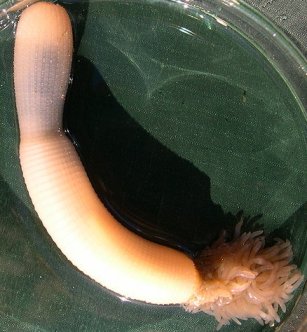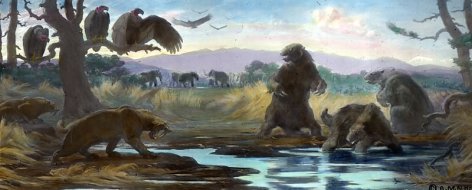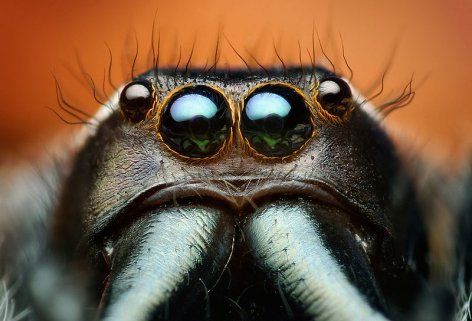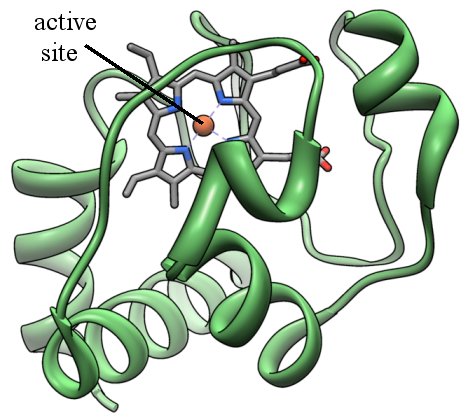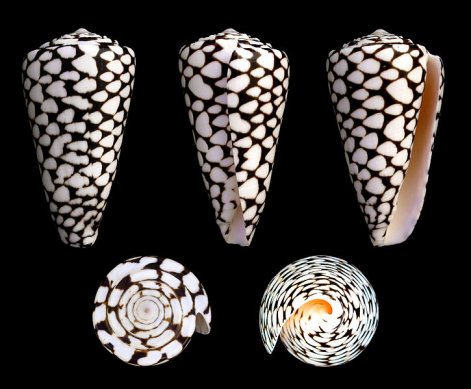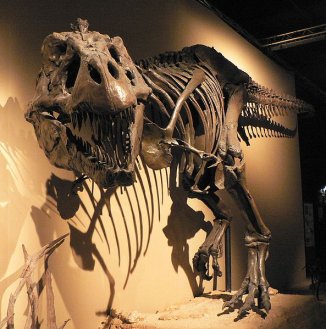On Monday of this week, I was invited to speak at a meeting of the Kingdom Way Homeschoolers in Wadsworth, Ohio. It was held on the Wadsworth campus of the The Chapel, which was a wonderful venue. The auditorium had really excellent acoustics, and it had a nice, open feel to it. The back wall of the stage had a modern design on it, and the design was backlit with different colors. Once the technical support person (who was superb) put up my presentation, a young lady then changed the colors of the backlighting to match the color scheme of my presentation. I thought that was a very nice touch.
The title of my talk was Why Homeschool Through High School…and How to Get It Done. In the first part of the talk, I went through some data that indicate students who are homeschooled through high school are better prepared for the future than their traditionally-schooled counterparts. In the second half of the talk, I went over some “nuts and bolts” related to homeschooling at the high school level. I discussed the basic subjects that should be covered and gave some suggestions regarding how you might cover those subjects.
This particular talk was a bit longer than most of my talks, because I covered a lot of ground in it. However, the large crowd was very patient and seemed to enjoy the talk. As is typically the case, I took questions at the end of the talk, and they were quite good. There was one in particular that really got me thinking. A gentleman asked about apprenticeships and trade schools. Since my talk was focused on university preparation, I thought he was asking me to talk a bit about what to do with students who aren’t university-bound. I told him that just as I am a fan of having university-bound students take a few classes at a local college or a few AP classes to give them a preview of what university will be like, I also am a fan of having non-university-bound students do apprenticeships or take classes at a local trade school to start career exploration.
That really didn’t address his question, however. He wanted me to specifically compare the two. For a non-university-bound student, which would be better: some sort of apprenticeship or taking classes at a trade school? I had never considered that before, and I told him as much. However, I was happy to “think out loud” for him.



